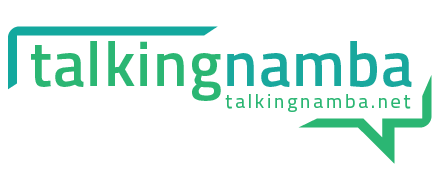Where are they now?
Reads numerals to 30
Compares and orders numerals to 10
Where to next?
Reads numerals to 99, locates to 10
Compares and orders to 30
Purpose
Purpose: Understanding about the size of numbers, and how this relates to their order and their ‘distance’ from other numbers, gives students the ability to work with numbers more meaningfully and helps students to build skills such as estimation.
Activities and Assessments (designed to move students from step 3 to step 4)
Bigger, Smaller, Same as – Numeral Cards to 30 (Video Example)
Adapted from ‘More, Fewer or the Same?’, Developing Efficient Numeracy Strategies Stage 1 page 47. NSW Department of Education and Training, Professional Support and Curriculum Directorate 2003
Focus: In comparing the size of written number symbols up to 30 this activity provides practice in reading the number symbols and encourages students to think about the collection size that these number symbols represent. Going beyond 20 also provides the opportunity for some initial Base 10 concepts to be discussed. This activity also helps students to learn the idea and language around the comparative size of numbers.
Guess my Number
Focus: Consolidating, and extending the range of, student understanding of “more” and “less” through the use of alternate language (“higher” and “lower”) supported by the spatial connection to a vertical number line (ie the larger numbers are literally “higher” than the smaller ones).
How: The teacher assembles the vertical number line by cutting out the strips and gluing or taping them together, using the tabs provided. The numberline is then taped or blu-taced to a wall or whiteboard. The teacher then takes a numeral card from a stack (to 30), notes the number and then blu-tacs the card face down next to the numberline. Students take turns trying to guess the number. After each guess, the teacher states “My number is higher than that” or “My number is lower than that” and moves the appropriate pointer so that it points to the guessed number. When the number is guessed correctly, the card on the board is revealed and stuck next to its counterpart on the numberline.
Questions to ask students during this activity: “What is the higest my number could be?”, “What is the lowest my number could be?”, “Is that number bigger than this number or smaller?”, “Is that number higher that this number or lower?”, “Which number is (nearly) half way between these two?”
Sequencing Numeral Cards to 30 (Video Example)
Focus: Correct sequencing of numerals based on ability to read numerals and recognise the collection size each numeral stands for. Build understanding of the language; ‘one more’ and ‘one less’, and ‘before’ and ‘after’ in terms of a consecutive number sequence. Sequencing numbers beyond 10 also helps students to identify patterns leading to a preliminary understanding of the base 10 number system and place value ideas.
How: See Video Example
Questions to ask students during this activity: “What is that number?”, “What will the next number be?”, “Which number is one more than this one?”, “Which number is one less than this one?”, “Which number should go before this one?”, Which number should go after this one?”
Empty Number Line – 0 to 10 (Video Example)
Focus: Knowing ‘where a number lives’ in relation to other numbers is an important skill which facilitates estimation and helps provide a framework for understanding the relative magnitude of numbers. This activity allows students to apply their spatial skills to build up their sense of number in terms of magnitude and sequence.
How: See Video Example
Questions to ask students during this activity: “Will your number be more than half way or less than half way?”, “Which number is half way on this number line?”, “Will it be closer to the end or to the middle?”, “Try counting. Does it come early in the count or later?”
Links
References to Other Resources
Assessment – What my number looks like
An appropriate number (for the stage of the student) is written in the centre of the sheet – the student then must try to make the number in a number of different ways (as indicated on the sheet.)
